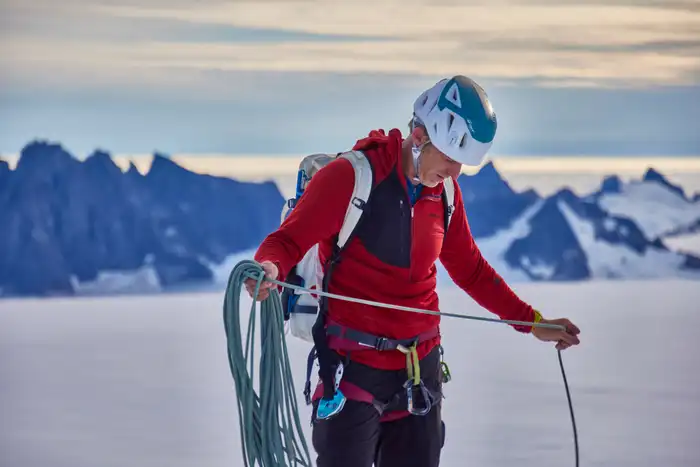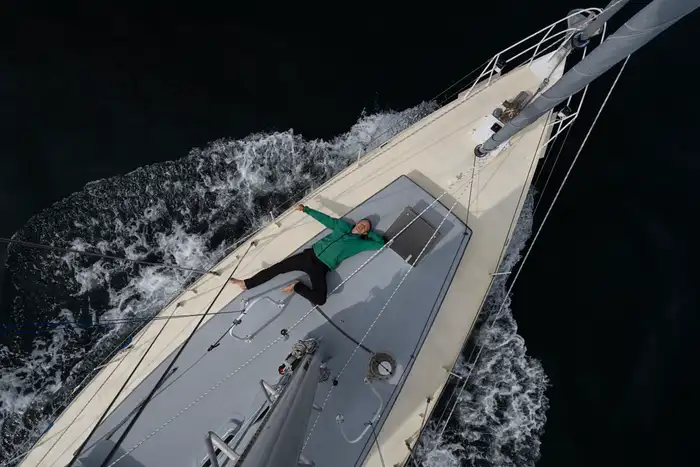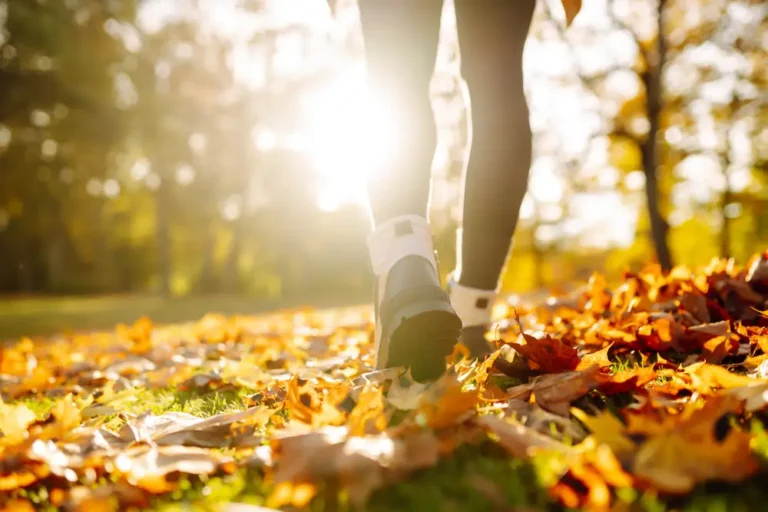Climber Tommy Caldwell shares 3 tips on bouncing back after a long injury — from adding protein to cross-training

Tommy Caldwell in “The Devil’s Climb.”
In 2022, world-famous climber Tommy Caldwell was feeling great on a climb in Yosemite National Park. When he fell and popped his Achilles tendon, he wasn’t too worried.
“At first, I didn’t understand the severity of the injury,” Caldwell, 46, told B-17. “I’ve always been a fast healer.”
This wasn’t the first setback of Caldwell’s career. In his 20s, in 2001, he accidentally sawed off part of his left index finger when building a platform. Still, he rose to fame breaking multiple free climbing records. He told B-17 the comeback was one of “the more uplifting experiences” of his life.
But this time was different.

Caldwell climbing the Devil’s Thumb in Alaska in “The Devil’s Climb.”
It was a longer recovery process, one that took two years to fully heal and involved taking breaks from his usual 12-hours-a-day climbing routine, which impacted his muscle mass.
“I was a little bit worried that I was losing my fitness,” Caldwell said.
Within a year, he healed enough to climb again — and break another record. In the National Geographic documentary “The Devil’s Climb,” Caldwell and “Free Solo” star Alex Honnold were the first climbers to ascend all five peaks of The Devil’s Thumb, a hazardous mountain range in Alaska, in one day.
He shared some tips for bouncing back, from doing more cross-training to eating more protein.
He cross-trains with biking and light weights

Caldwell riding a bike across the country in “The Devil’s Climb.”
Due to his age, Caldwell believes “strength training is a little bit more important” to build muscle mass.
Climbing naturally strengthens muscles, such as using hang boards during training. Additionally, Caldwell lifts “relatively light weights” to prevent injury and works with a physical therapist to address issues like lower back pain.
He also loves biking: in “The Devil’s Thumb,” he and Honnold biked from Colorado to Canada to take a boat to Alaska before the big climb. Caldwell said this was an important part of his recovery process leading up to the endeavor, because “I knew that to make my tendons truly healthy, pumping a lot of blood through my body.”
He usually does an hour of cardio (like biking) before his daily climb. He said that frequent movement helps him feel his best, especially when he’s outdoors for most of the day.
“That’s the main lifestyle habit that seems to keep me feeling youthful and energetic and strong,” he said. “Just getting up and doing it.”
He eats more protein than he used to
Caldwell used to be a vegetarian but said it “didn’t work great” for him in terms of getting enough protein.
“Now I’m in a phase where I’m relatively protein-heavy,” he said. He starts mornings off with oatmeal and flax seeds, as well as eggs. Because his kids love meat, he has it for dinner about 3 to 4 times a week. He also eats mostly minimally processed foods, including a lot of vegetables.
He said eating more protein and whole foods has helped with even small climbing issues, like the skin on his fingertips healing faster.
“Nutrition can affect that a lot,” he said. “Eating fish oils and leafy greens and just drinking enough water is a pretty big deal.”
He said he takes supplements like creatine, which helps build muscle. “I’ve never been hugely scientific about that stuff, I’m always sort of dabbling,” he said. Caldwell also has a partnership with Elo, a personalized nutrition brand. Using blood work and data tracking, he said Elo makes him custom vitamins and protein supplements.
He prioritizes life outside of climbing

Caldwell taking a boat to Alaska in “The Devil’s Climb.”
Caldwell said that the most important thing he could do for this injury was “to just chill out.”
Normally, he would deal with climbing injuries by going to a lot of physical therapy. But in this case, it was counterproductive. An Achilles tendon injury required rest, and “I tried to actively heal it, which led to more ruptures,” he said.
To climb well again, he had to put it on hold. “Overall, I was surprised my morale didn’t suffer more,” he said.
A huge part of his emotional recovery was finding joy outside of climbing, such as spending more time with his family. “It was the first time in my life that I realized that I love climbing, but I don’t need it for my happiness,” he said.






